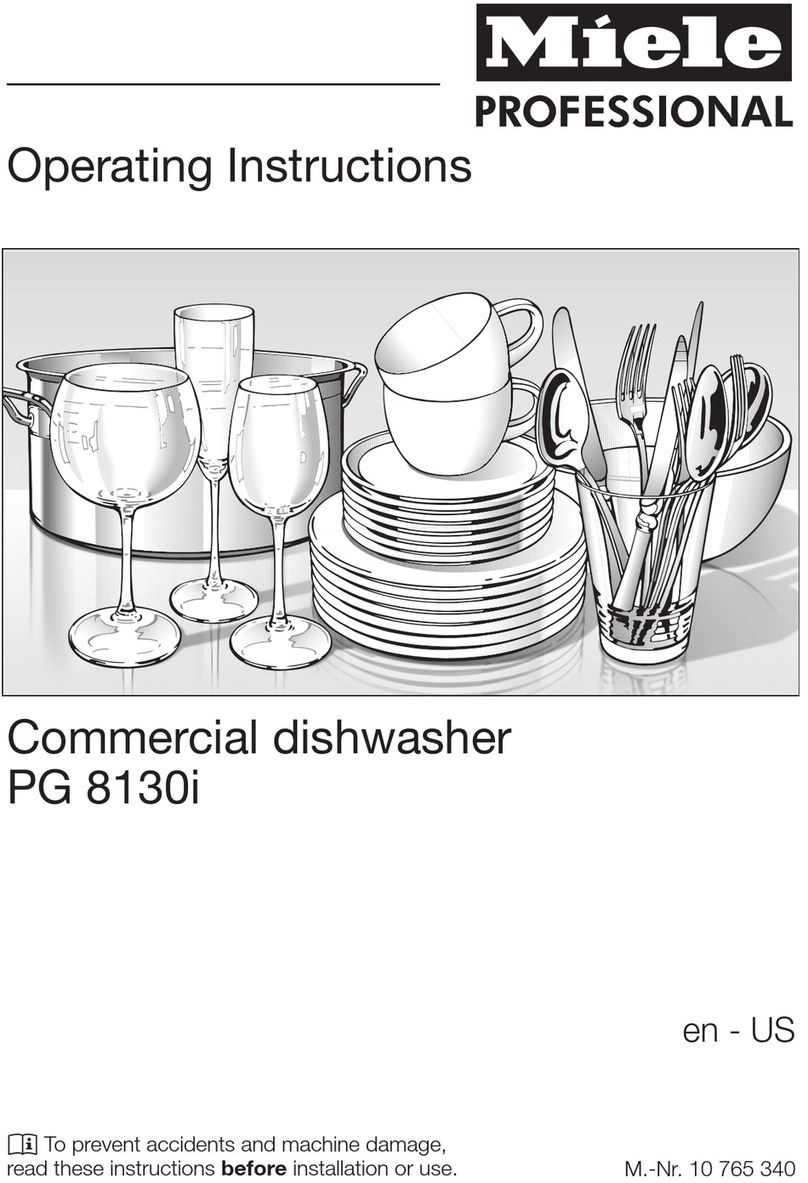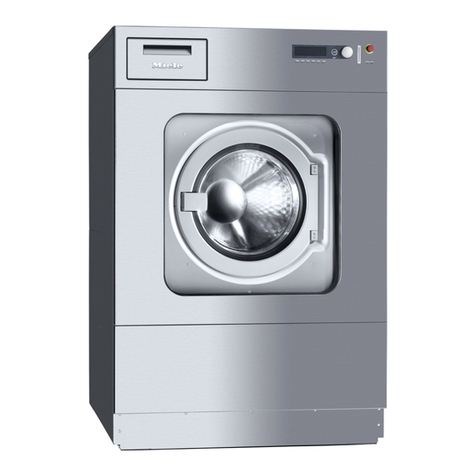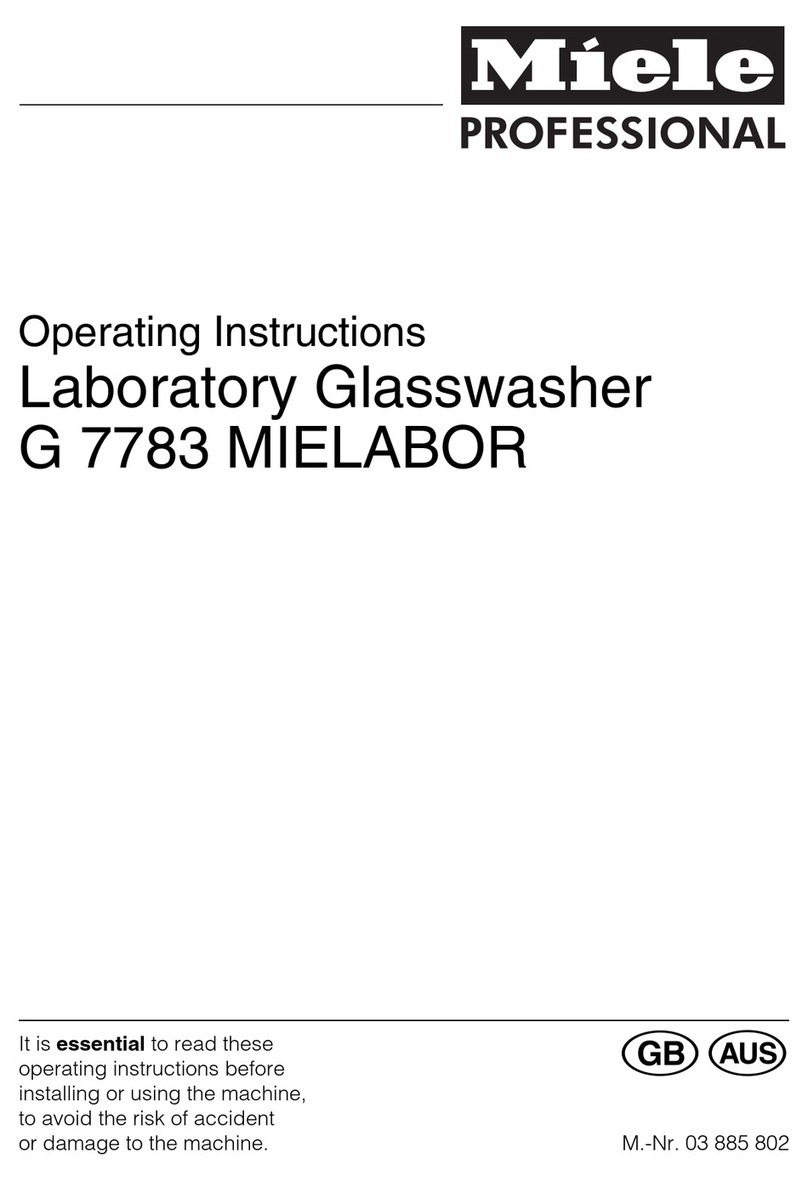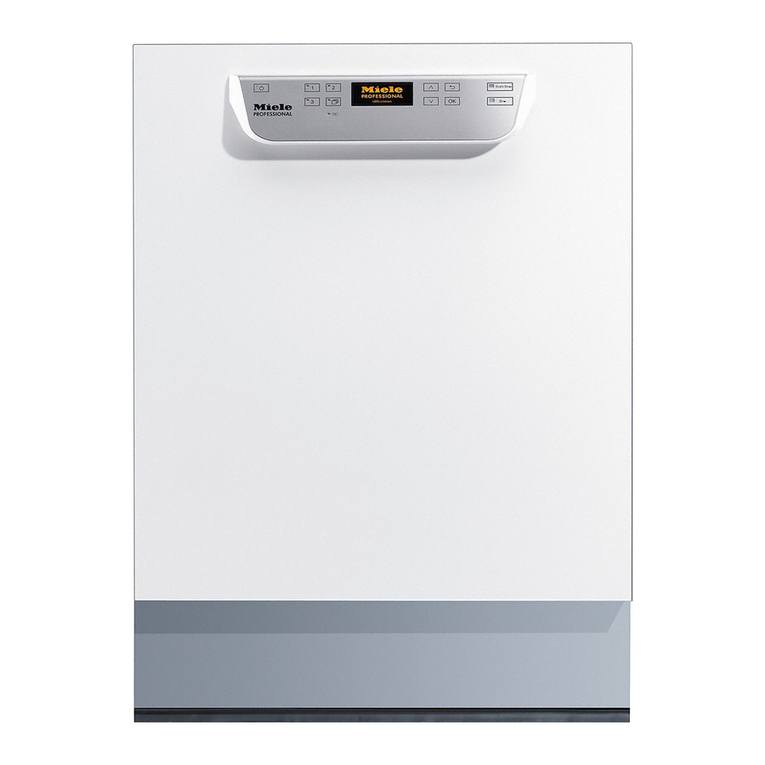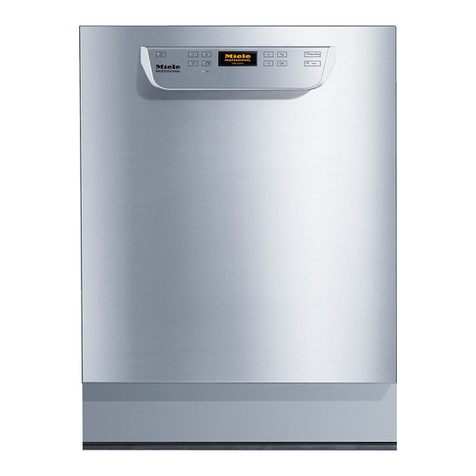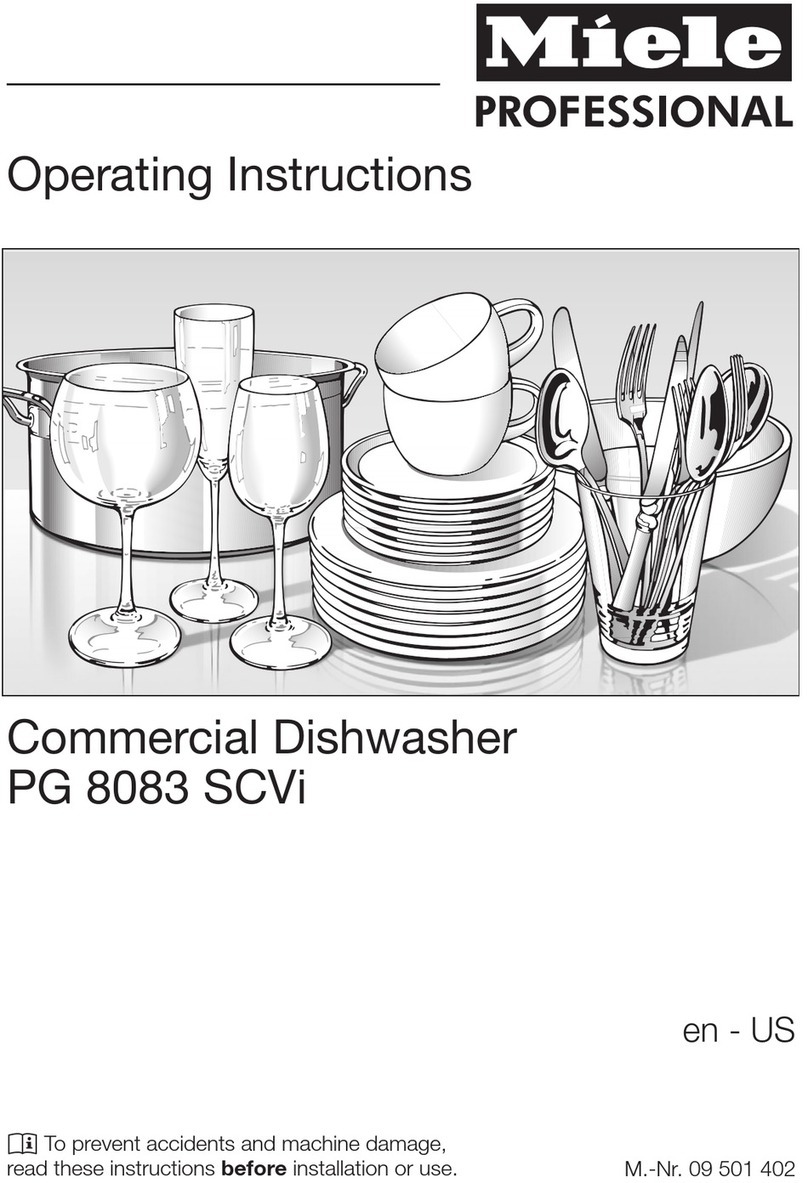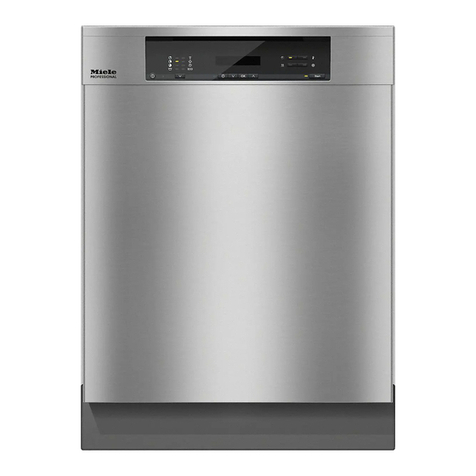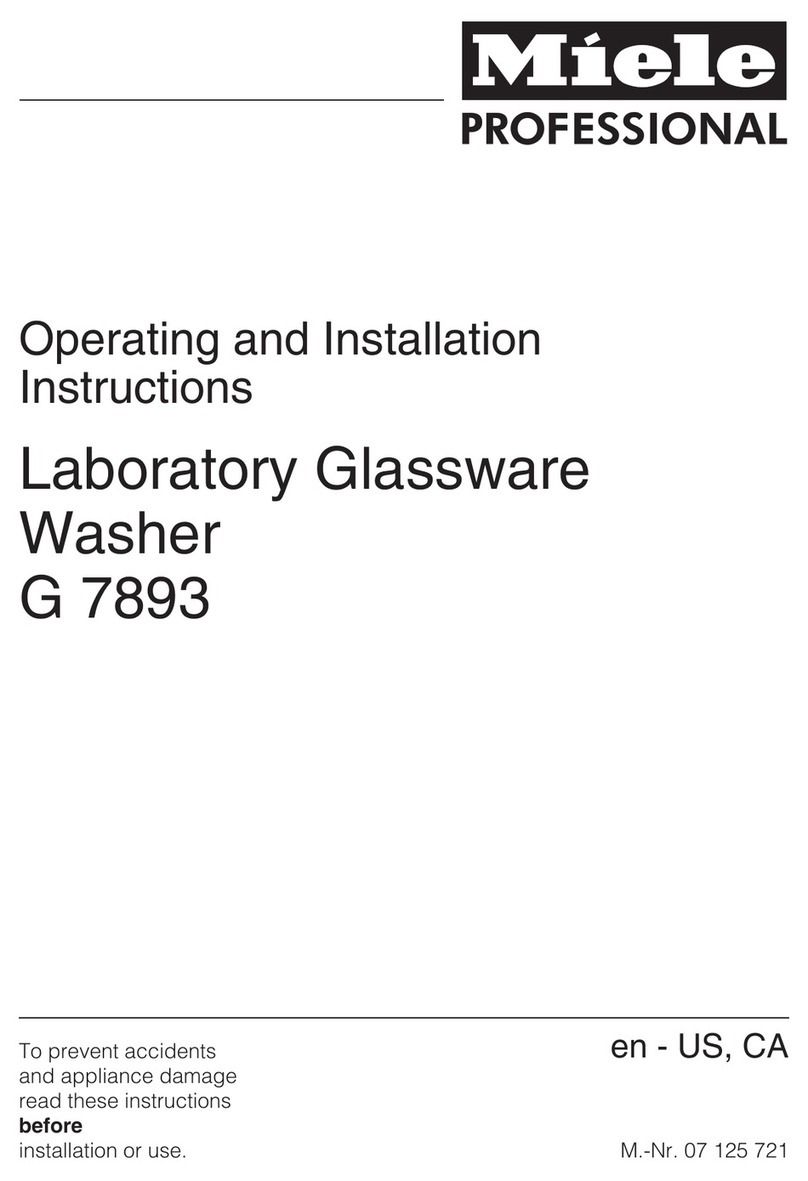
Content
REV.0.03_COD.610078_A4 Page 3
5.4Preparation ............................................................................................................................ 24
6.CONTROL PANEL AND SYMBOLS USED .................................................................................... 25
6.1Buttons .................................................................................................................................. 25
BUZZER............................................................................................................................. 26
6.2Display ................................................................................................................................... 26
7.PROGRAMS................................................................................................................................... 29
7.1Program blocks ..................................................................................................................... 29
7.2Program chart........................................................................................................................ 30
7.3Start the program .................................................................................................................. 33
8.MACHINE STATUS ........................................................................................................................ 34
8.1Ready for operation............................................................................................................... 34
8.2Program status ...................................................................................................................... 34
8.3Power failure.......................................................................................................................... 34
8.4Reset procedure.................................................................................................................... 35
9.MENU ............................................................................................................................................. 36
9.1Accessing the menu .............................................................................................................. 36
9.2Entering password................................................................................................................. 37
9.3Buzzer volume setting ........................................................................................................... 37
9.4Date and time setting ............................................................................................................ 38
9.5Selecting a language ............................................................................................................. 38
9.6Changing user name ............................................................................................................. 39
9.7Parameter overview............................................................................................................... 40
10.CLOCK ...................................................................................................................................... 41
11.HISTORICAL DATA ................................................................................................................... 41
12.ALARMS AND EVENTS LIST..................................................................................................... 42
12.1Description of alarm messages............................................................................................. 42
12.2List of alarm messages.......................................................................................................... 42
12.3List of warning messages...................................................................................................... 43
13.USB PORT................................................................................................................................. 43
14.MAINTENANCE ......................................................................................................................... 44
14.1General recommendations on maintenance ......................................................................... 44
Machine status .............................................................................................................. 44
14.2Maintenance request............................................................................................................. 44
14.3Routine maintenance............................................................................................................. 44
14.4Table of routine maintenance tasks ...................................................................................... 45
14.5Special maintenance ............................................................................................................. 50
Table of special maintenance tasks .............................................................................. 50
15.PROBLEMS – CAUSES – REMEDY .......................................................................................... 51
15.1Introduction ........................................................................................................................... 51
15.2Problems (P.) – Causes (C.) – Remedy (R.) ........................................................................... 51




